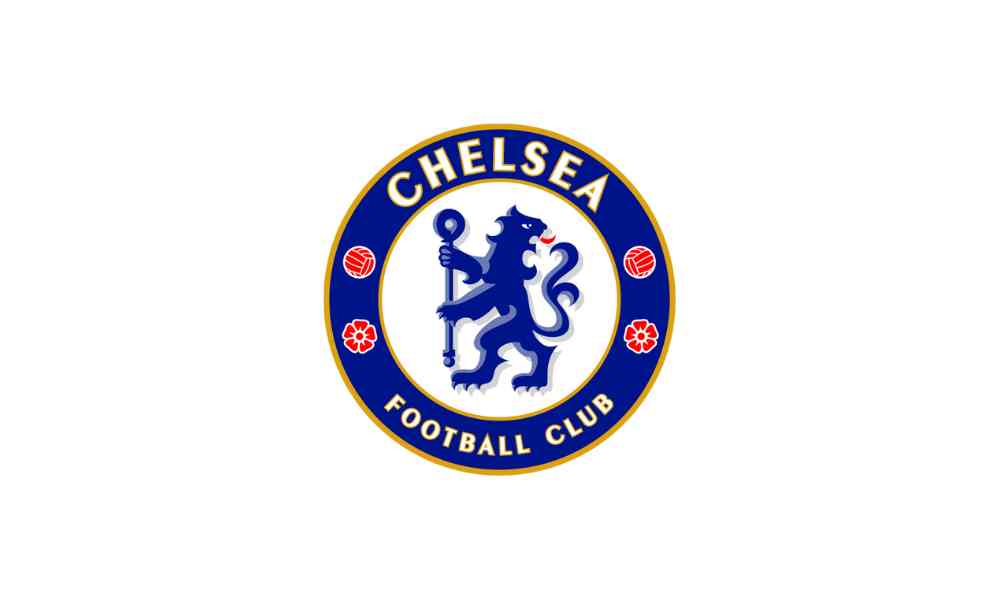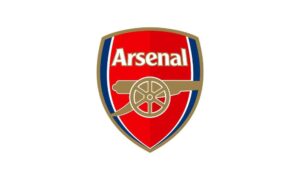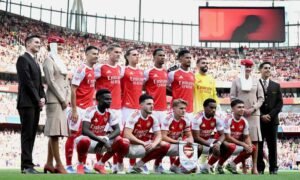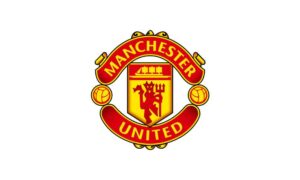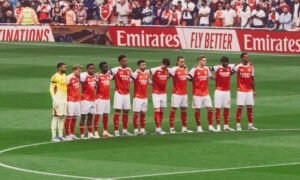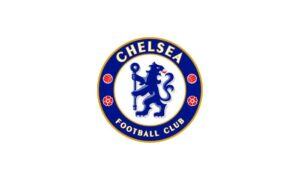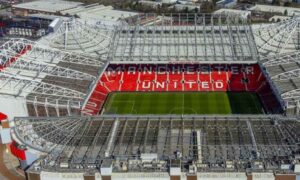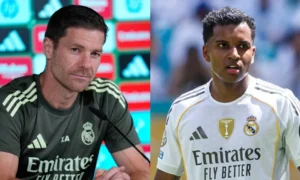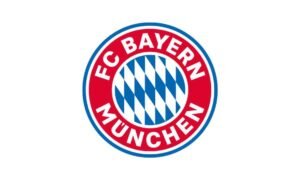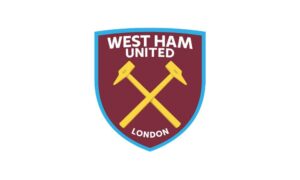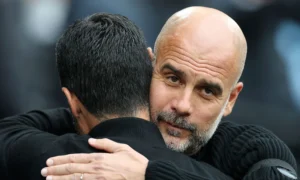Lately, everyone’s talking about how Chelsea buys players. They’ve thrown around cash, bringing in numerous new faces. Folks debate whether Chelsea’s buying-selling approach actually helps – or makes things worse. Here, we’ll look at how they trade players, what’s gone right, where they’ve stumbled, also its current impact on the team.
What is Chelsea Player Trading Strategy?
Chelsea’s game plan centers on snapping up bright young talent, then flipping them for gains – a swift turnaround. They want a competitive team, yet also need to stay solvent. Globally, they find promising athletes, specifically those who could be worth more later. Consequently, the plan involves either improving these players or trading them while their market price remains high.
Chelsea boosts its team by letting players develop elsewhere, figuring out if they fit the long-term plan or become assets to trade. It’s a way to win now while building for tomorrow.
Chelsea Player Trading Strategy: Success Stories
Chelsea’s approach to players – even with folks questioning it – has delivered some real successes. Take Mason Mount or Reece James; they either started at the youth level or joined young, then blossomed into key members of the team. This shows a knack for developing exceptional athletes within their existing setup.
Getting good money for veteran players – Kanté, Lukaku, for instance – was key. That cash helped Chelsea bring in fresh talent while keeping finances stable.
Problems with Chelsea Player Trading Strategy
The Chelsea approach to buying players isn’t perfect; frequent changes unsettle the group. The manager struggles to establish a clear approach amid frequent shifts. New players sometimes clash with the existing group, leading to imbalances alongside uncertainty.
Rushing sales can force promising athletes to depart prematurely, hindering their growth. Loan deals frequently falter – either they don’t pan out or the player finds a new home elsewhere.
How Does It Affect Team Performance?
2025 Premiere League season brought a spotty record. Frequently, the squad seemed off-kilter – particularly defensively, because recent additions hadn’t quite found their footing. Coaches feel the heat to get newcomers up to speed, even as they monitor existing team performance. Consequently, this stirs trouble with game plans alongside player spirits. Often, supporters grow restless if fresh faces don’t immediately impact results.
Financial Impact of Chelsea Player Trading Strategy
Chelsea operates driven by money. They want to limit how much they lose while also gaining from player deals. This buying-selling tactic lets them invest big bucks in players yet stay within the rules.
Chelsea got money by moving on players – Ziyech, Werner among them – after they didn’t quite click. This move backs their plan to chase big titles while staying financially sound.
The Role of Club Management and Ownership
At Chelsea, those calling the shots – the folks at the top – prioritize building a team that lasts. It creates a tough spot for them; they must get their selections correct. The revamped leadership group is working on better player recruitment alongside nurturing young talent – with the goal of building a strong team from within while keeping expenses down.
Looking Forward: Is Chelsea Player Trading Strategy Working?
The Chelsea team’s buying-selling plan gets a real look over the coming months. New faces – Mazraoui, Mudryk among them – have to consistently show they’re worth the investment. It’s a tightrope walk for the owners: winning now while also building for the future.
Chelsea’s success hinges on nurturing talent while sidestepping pricey errors; if this works, their buying/selling approach looks smart. Should things go south, expect unrest from those invested in the club.
Author’s Opinion
Chelsea’s approach to player deals aims high, delivering both money in the bank alongside promising new talent. However, keeping things consistent proves difficult. Chelsea needs to keep players longer, allowing them space to grow into their roles. Furthermore, smarter buying – coupled with better work bringing up young talent – should result in a stable, strong squad.

